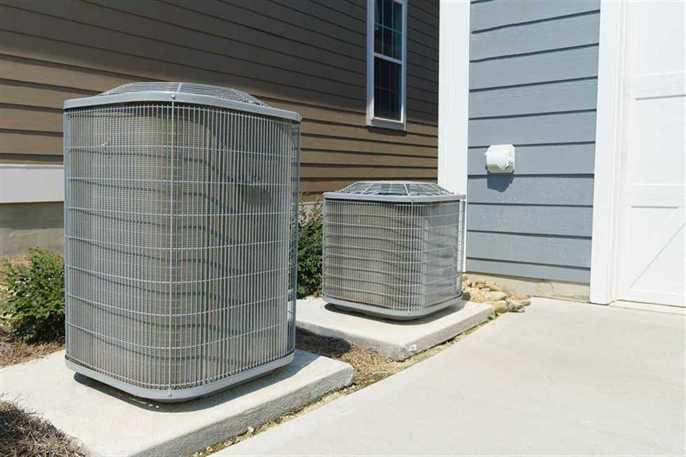
How did people survive the winter before furnaces were invented? Most of us know furnaces as the heating systems that we rely on to endure Winnipeg’s ruthless cold season. As important as they are, we tend to use them without a second thought; we turn up our thermostats, wait for the heat to kick in, and then forget all about them. Furnaces have a long history—humans have been trying to survive the cold for millennia. Over time, heating systems evolved into the convenient and efficient processes that we know today.
The History of Furnaces
When you hear the reassuring sound of your furnace turning on, have you ever stopped to wonder how this technology was invented? It has a rocky history. What began as campfires and hearths eventually evolved into a complex technology. One of the first known heating systems was developed by the Roman Empire. It was called a hypocaust; it heated buildings without polluting the air that residents breathed. Homes were built on top of pillars and fires were lit below them. Heat entered the buildings through holes in the floors and walls. When the Roman Empire fell, so too did this technology, and it wasn’t until the creation of the chimney that a breakthrough was made. Furnace prototypes were designed over the years, but the very first central heating furnace was developed and patented by a woman named Alice Parker in 1919. Its ability to circulate warm air meant that people didn’t need to stay beside fires to keep warm.
What Does a Furnace Do?
Without furnaces, it’d be much harder to appreciate the beauty of winter; we’d be too busy shivering and stoking the fire. A furnace keeps us alive in Winnipeg’s unforgiving climate. It circulates heated air throughout our homes to combat the cold outdoor temperatures. When you adjust your thermostat, it detects if the requested temperature is lower than the actual indoor temperature. If it is, then it turns on the furnace to produce heated air.
Depending on the type of furnace, it may have other components that help regulate temperature. The warm air from a furnace is quite dry, which is why some HVAC systems have humidifiers to increase the moisture in the air. Your furnace will also have an air filtration system; these filters remove dirt and dust from the air and should be changed every three months.
We tend to view maintenance on some appliances as optional, but it’s not something to skip with your furnace. This system performs a very important job, so you need to take care of it if you want it to last. Regular furnace maintenance keeps your heating system working efficiently and helps it last longer. Over time, the appliance loses efficiency, whether that’s due to leaky ductwork, clogged filters, or damaged components. It’s recommended that you have your furnace serviced annually to keep it in top shape. Neglecting this step can cause manufacturers to void your warranty.
How Do Furnaces Work?
It seems miraculous that your home is warm, and when you venture outside, it’s so cold that your breath freezes in the air. With a central air system, a gas or electric furnace can heat your home using several components: a control mechanism, a fuel source, and a system to distribute the warm air.
The heating cycle begins when you adjust your thermostat, which reads the temperature of your home. When it notices a difference between the requested temperature and the indoor air, it activates the furnace to produce heat.
A fuel source (like natural gas, electricity, or oil) is sent to the burner, which ignites and creates combustion (or burning). The thermostat controls how much fuel/power is sent to moderate the temperature. Most furnaces have a flame sensor to detect whether the fuel successfully ignited; if not, it closes the gas valve as a safeguard. The combustion gases are carried outside using a flue vent, which protects the indoor air quality. Any cracks in the combustion chamber or issues with the flue vent must be repaired immediately—otherwise, it can allow carbon monoxide to leak into the home, which can be fatal.
Then, the flame warms up the heat exchanger, a device made of metal tubes that warms the air more efficiently than the burner alone. The heat exchanger transfers warmth from the burner into the nearby air. To direct this heat, a blower or fan circulates the warmed air into ducts.
The ductwork distributes the warm air inside the home. It spreads throughout the ducts and vents so that every room is heated evenly. This is why it’s important to have efficient ductwork; if there is a leak or blockage, this heated air becomes lost, negating the entire process.
A machine can only work so hard for so long. You’ll typically require a furnace replacement every 15-20 years. It’s a steep investment, but you don’t want to pay the price of using an inefficient furnace that wastes energy, racks up your utility bill, and breaks down in the dead of winter.
What’s the Difference Between a Furnace and a Boiler?
Not all heating systems operate in the same way. Furnaces and boilers can both heat your home, but they use different mechanisms to do so. Boilers use a fuel source to convert water or glycol into steam, which is used to transfer heat. It runs throughout pipes, baseboards, and radiators in the home to warm the air. With a tubing system, it can even be used to heat floors. Boilers can be used as a hot water heater in the home for showers and appliances, as well. Since they don’t require ductwork, boiler heating systems are typically found in older homes.
On the other hand, furnaces use combustion to produce heat and are powered by gas or electricity. Any malfunctioning components will compromise the quality of your heating system. There’s a lot that a central air unit does in a year; a furnace repair is a natural part of the appliance’s lifecycle.
Furnaces: they’re a necessity in cold cities like Winnipeg. Central heating systems are a popular way for Canadians to warm their homes. To keep the heat on this winter, you need an efficient furnace. If you’re looking for heating system installation, maintenance, or repairs, call Provincial Heating & Cooling; we’ll make sure that you stay toasty warm this season.

